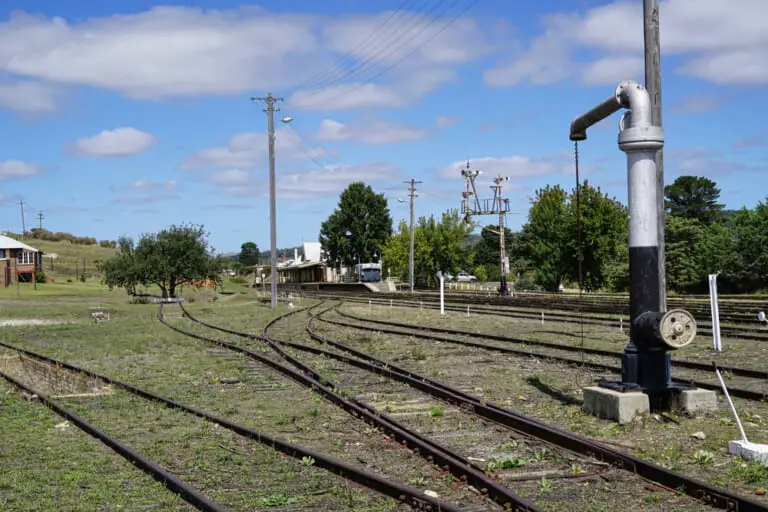Botany Rail Duplication Project in Australia has begun its bridge development works according to a statement from the Australian Rail Track Organisation (ARTC). Thus far, the project has completed the installation of the first of two temporary steel girders for the Southern Cross Drive Bridge.
Without having to close the road below, the use of temporary bridge girders will allow for pouring in situ, the new concrete girders. In total, each temporary girder weighs 115t and stretches 33m long.
The Federal Australian Government is fully funding ARTC to deliver the Botany Rail Duplication Project in Australia. In a nutshell, the $400 million project strives to deliver better access to global export markets, more so, via Port Botany.
Furthermore, it targets to improve freight supply chains, especially across New South Wales. This, in turn, would contribute towards a reduction in the number of trucks on local roads.
Read Also: $3.8M Project to Upgrade Melbourne Intersection in Southbank, Australia, Complete
The Botany Rail in Australia to encourage more freight movements
While commenting on the project, the ARTC General Manager of NSW Projects and Major Construction Projects expressed gratitude towards contractor teams for their efforts. Julian Richards further noted that major construction works for the project are scheduled for completion in 2024.
Moreover, the project will duplicate a 2.9-kilometre section of single-line track to Port Botany. In addition to constructing a passing loop on the Southern Sydney Freight Line at Cabramatta. Quite impressively, the infrastructure boasts the capacity to accommodate freight trains that measure up to 1,3000m in length.
For each extra freight that travels on the Port Botany Rail Line, a total of 54 trucks will be off Sydney’s roads. Additionally, the Botany Rail Duplication Project will lead to an increase in freight capacity, which will encourage more freight movements via rail leading to economic growth.

